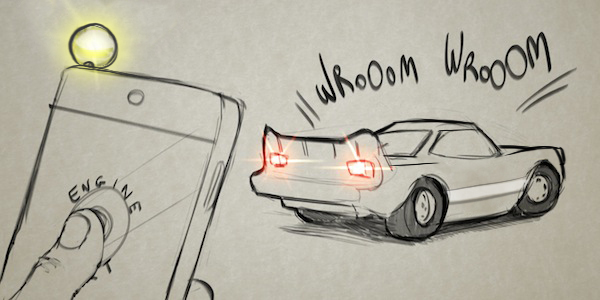Abstract
Mobile phones can use their cameras and flashlight Light Emitting Diodes (LEDs) to exchange messages with low complex Visible Light Communication (VLC) networks, but these interfaces impose serious restrictions when used in a VLC network. In this paper we discuss how to extend mobile phones or tablets with a small peripheral device that is battery-free, uses only passive components, and offers VLC capabilities at the required data rate (kilobit per second). This device plugs into the audio jack; on-board audio signal processing generates the outgoing light signals as well as decodes the incoming light signals. The device is powered from the phone’s audio jack output signal, no additional battery is required. The audio signals directly modulate light emissions of an LED. Incoming light is detected by a photodiode and the generated electrical signals are fed into the microphone input. This simple device enables use of existing communication protocols and therefore makes it possible to integrate mobile phones or tablets into existing VLC LED-to- LED networks.
Copyright Notice
The documents contained in these directories are included by the contributing authors as a means to ensure timely dissemination of scholarly and technical work on a non-commercial basis. Copyright and all rights therein are maintained by the authors or by other copyright holders, notwithstanding that they have offered their works here electronically. It is understood that all persons copying this information will adhere to the terms and constraints invoked by each author’s copyright. These works may not be reposted without the explicit permission of the copyright holder.
